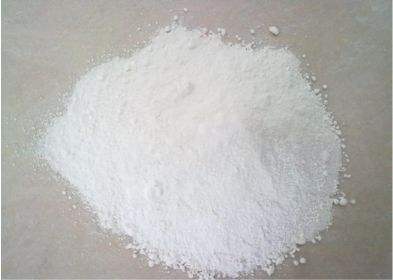
Dec . 13, 2024 16:07 Back to list
Different Types of Titanium Dioxide Available for Wholesale Purchase
Understanding Wholesale Titanium Dioxide Types
Titanium dioxide (TiO2) is a widely utilized compound in various industries due to its exceptional properties, including high refractive index, bright whiteness, and strong UV resistance. As an essential pigment, it plays a crucial role in the production of paints, coatings, plastics, paper, and cosmetics. In this article, we will delve into the various types of titanium dioxide available on the wholesale market, their applications, and their significance across different sectors.
Types of Titanium Dioxide
There are primarily two types of titanium dioxide based on their crystal structure anatase and rutile. Each type possesses unique characteristics that make them suitable for specific applications.
1. Anatase Titanium Dioxide - Properties Anatase TiO2 is synthesized at lower temperatures and has a tetragonal crystal system. It is less stable compared to rutile, which can sometimes lead to less robust performance in certain applications. - Applications Anatase is widely used in photocatalysis, where its UV-absorbing properties are harnessed for breaking down organic compounds. It is also employed in the manufacture of certain types of plastics, where it provides a lower level of whiteness but enhances UV stability. Furthermore, it's favored in applications requiring a high degree of transparency.
2. Rutile Titanium Dioxide - Properties Rutile TiO2, on the other hand, has a more stable structure with excellent durability and is produced at higher temperatures. This stability makes rutile titanium dioxide the preferred choice in most industrial applications. - Applications Rutile is commonly used as a pigment in paints and coatings where a high degree of opacity and brightness is required. It's also present in rubber goods, paper, and ceramics. Its robust nature enables it to withstand environmental degradation, making it suitable for outdoor applications.
3. Other Variants - Apart from anatase and rutile, there are also surface-treated and specialty grades of titanium dioxide. These products may undergo various treatments to enhance their properties, such as improved dispersion, gloss, and weather resistance. These variants are particularly important in specialized applications, such as those found in the automotive and aerospace industries.
wholesale titanium dioxide types

Market Demand for Titanium Dioxide
The demand for titanium dioxide is largely driven by its application in numerous sectors. The global paint and coatings industry is one of the largest consumers of titanium dioxide, primarily due to the need for high-opacity and high-quality finishes. Furthermore, the increase in construction activities worldwide has bolstered the demand for decorative and protective coatings that rely on titanium dioxide for their performance.
Another significant market for titanium dioxide is the plastics industry. As manufacturers strive for improved durability and UV resistance in their products, the inclusion of titanium dioxide has become common. This trend is evident in various consumer products, packaging materials, and automotive components.
Cosmetics also represent a growing sector for titanium dioxide use, particularly in sunscreens and foundation products. Its ability to block harmful UV rays while providing a pigment mechanism makes it invaluable in the cosmetic formulation.
Conclusion
In summary, wholesale titanium dioxide types—anatase and rutile—serve different purposes and have a wide array of applications across various industries. As demand continues to rise, driven by innovation and advancements in technology, the market for titanium dioxide is expected to grow. Understanding the specific properties of these two primary types can help manufacturers and suppliers optimize their product offerings and meet the needs of their customers more effectively.
As industries continue to evolve, the versatility of titanium dioxide makes it a compound of great interest. By staying informed about market trends and product developments, businesses can leverage the unique properties of titanium dioxide to gain a competitive edge in their respective fields. Thus, it remains essential for manufacturers, distributors, and end-users to educate themselves on the different types of titanium dioxide and their applications to maximize their benefits in production and innovation.
-
Premium 6618 Titanium Dioxide for GPT-4 Turbo Applications
NewsJul.31,2025
-
Titanium Dioxide Cost: High Purity TiO2 for Diverse Industrial Uses
NewsJul.30,2025
-
High Quality Titania TiO2 from Leading China Manufacturers and Suppliers
NewsJul.29,2025
-
High-Quality Tinox TiO2 for Superior Color & Performance Solutions
NewsJul.29,2025
-
High Quality Titania TiO2 from Leading China Supplier & Manufacturer
NewsJul.29,2025
-
High-Performance r6618 TiO2 for Superior Whitening and Versatility
NewsJul.28,2025
